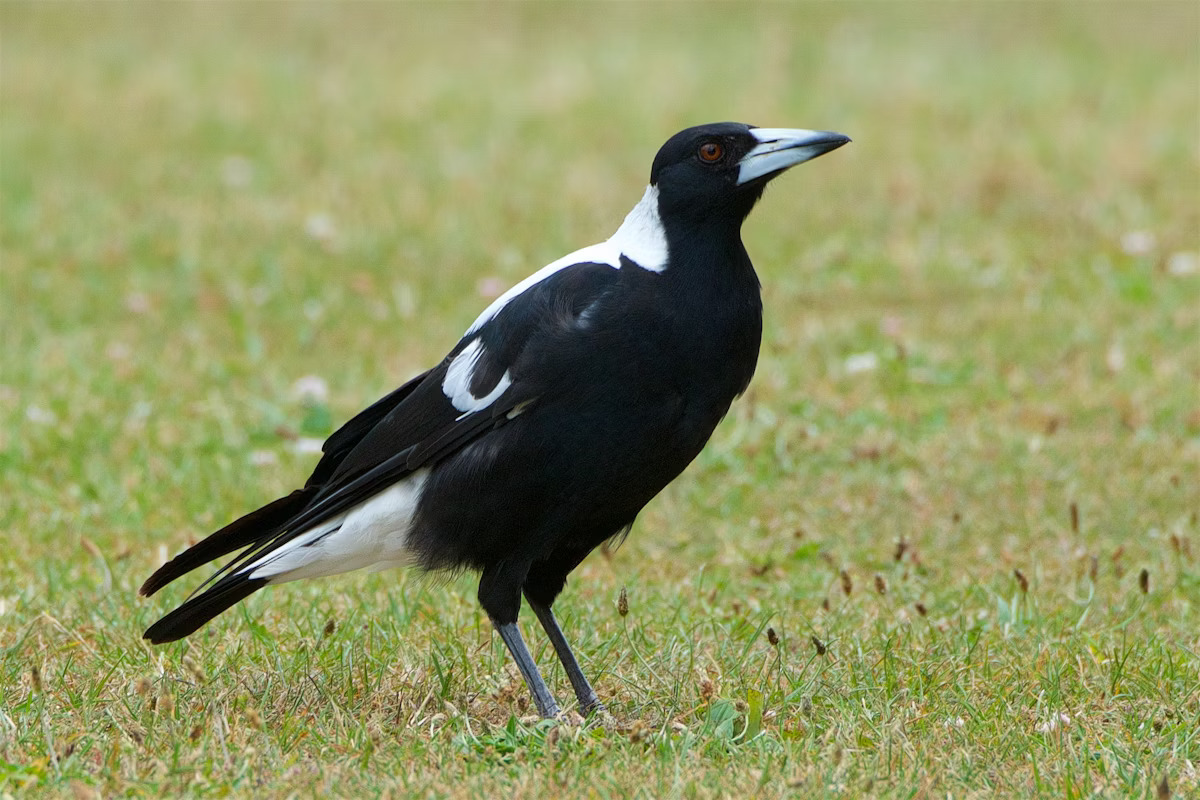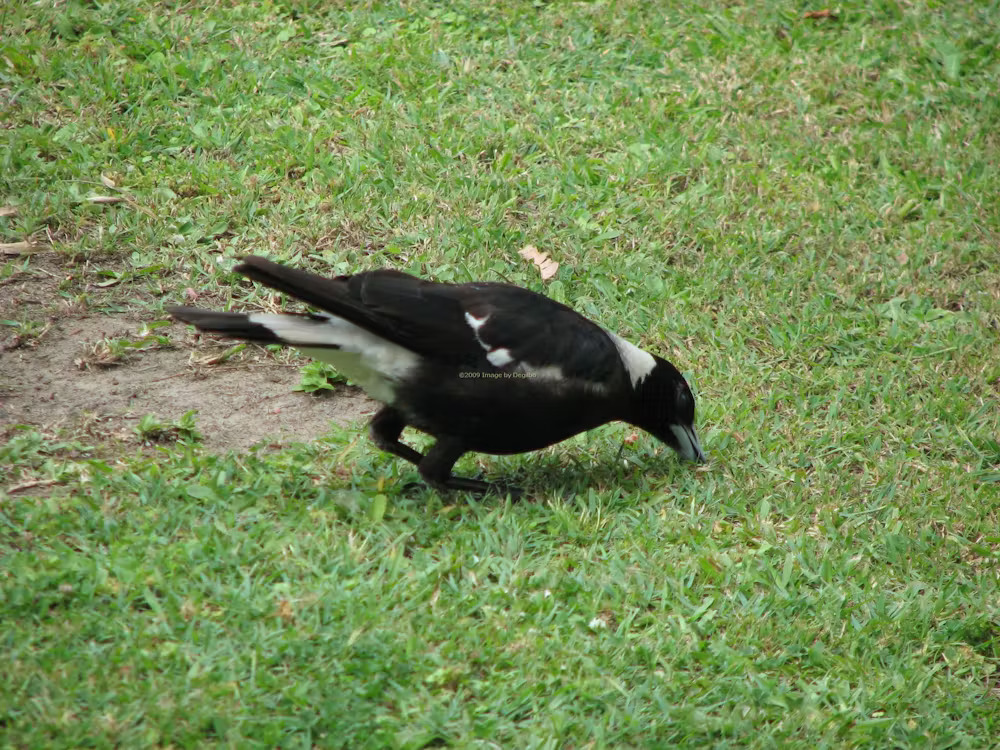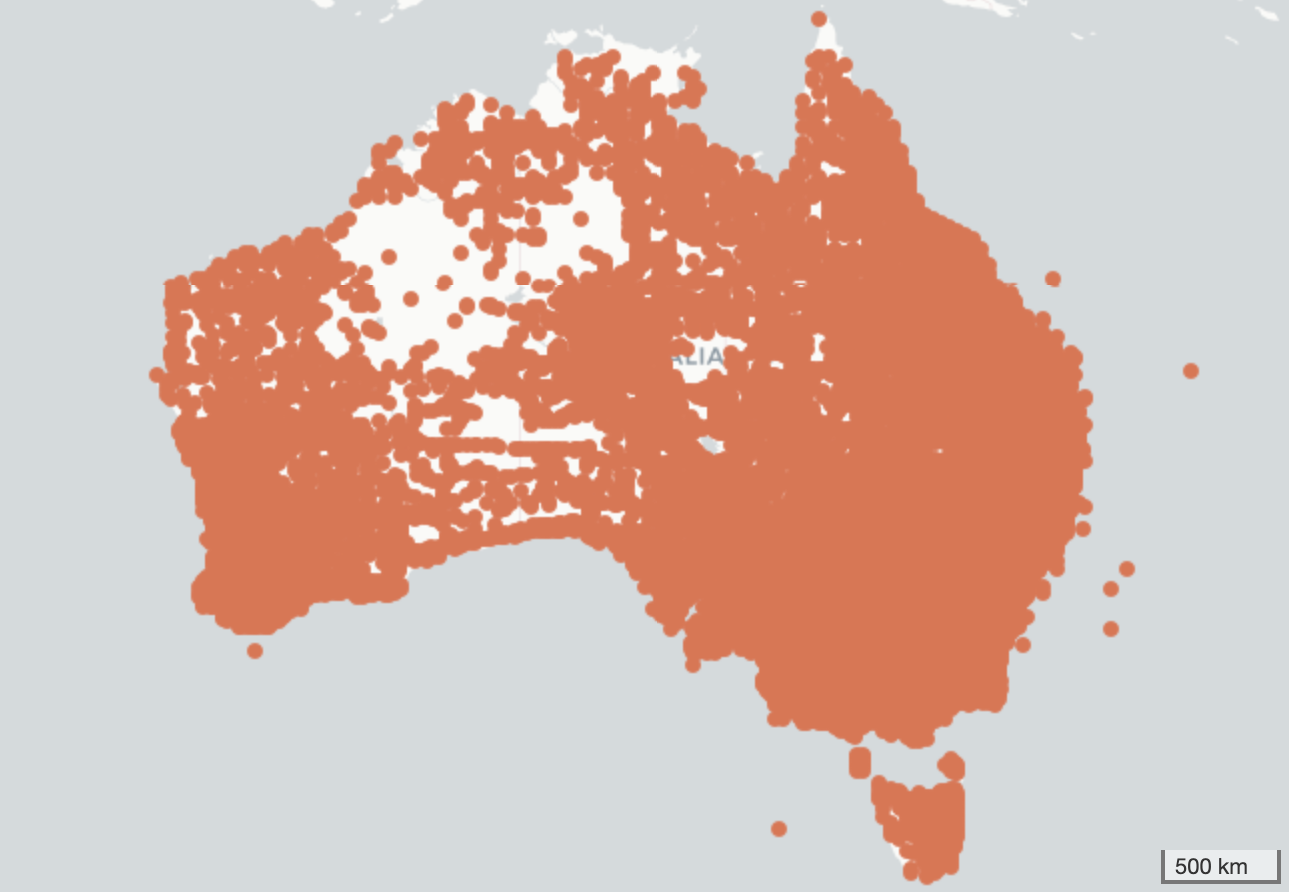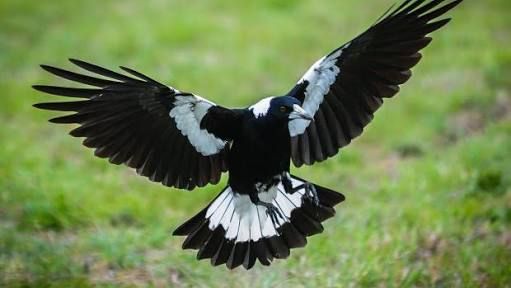Australian Magpies
General Information
The Australian Magpie (Gymnorhina tibicen) is a well known figure in our local environment. Known for its contrasting plumage and vocalisations, this bird is an icon in Australian wildlife.
Appearance
Magpies are known for their strong black and white feathers, and a long sharp beak. They have a reputation for being very intelligent whilst also social, but when breeding season rolls around they can become more protective, and this is when swooping occurs most.

Lifespan
Up to 25 years.
Diet
These birds are omnivores, meaning their diet consists of both plants and animals. They can forage on the ground for a range of insects and worms, or look for fallen fruit and seeds. When it comes to animals, they prefer mice, frogs, and geckos.

Habitat
Magpies are very adaptive and can nest in a wide range of habitats; gardens, farmland, bush areas, even more suburban places like trees in local parks or streets. They even have the ability to build their nests in completely urban structures like power lines or roofs.
Located
Located all across Australia.

Threats
Magpies can be prey to predators such as owls, dogs, cats, and foxes. Those that live in more suburban areas may also be subject to being hit by cars and other road vehicles, or even being electrocuted from sitting atop powerlines. Secondary poisoning can also be a threat as a result of consuming mice or rats that have eaten a bait.
Magpies can also be put at risk by eating foods not appropriate for their diet. It is important to avoid feeding them meat, breads, and other similar products containing calcium and protein. These can negatively affect the magpie and lead them to develop Metabolic Bone Disease.
Capture/Release of Magpies
After recovery, it is ideal to try and release a magpie to the same or similar area to where it was found. This may help increase chances of survival.

What to do if you find an injured bird...
As the bird could be distressed or anxious, be careful around its beak and claws. Hold the bird using an old towel/blanket, and try not to give it anything to feed or drink until it is in proper care, in order to avoid a worsened condition.
Make note of where you found the bird, and contact a local vet or wildlife shelter for further assistance. Alternatively, if you are not aware of your local shelter, you can contact Wildlife Victoria (Ph 8400 7300) for assistance.
Find more information here



